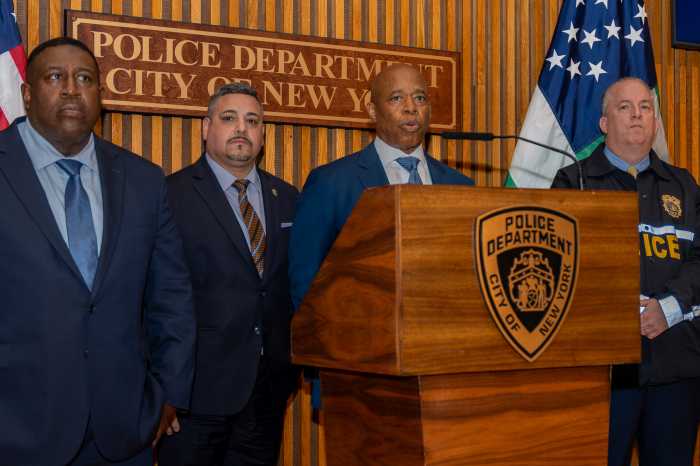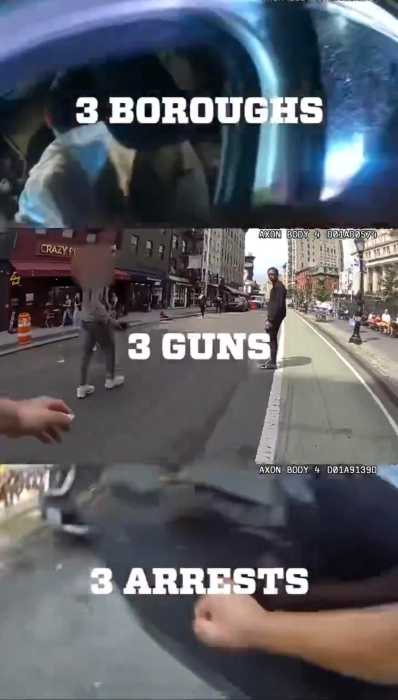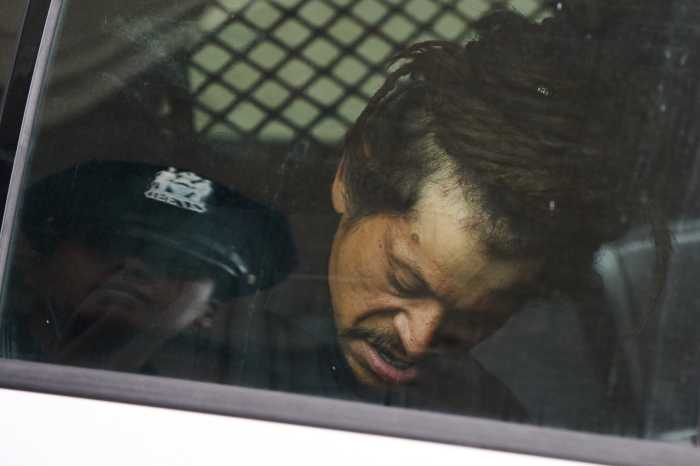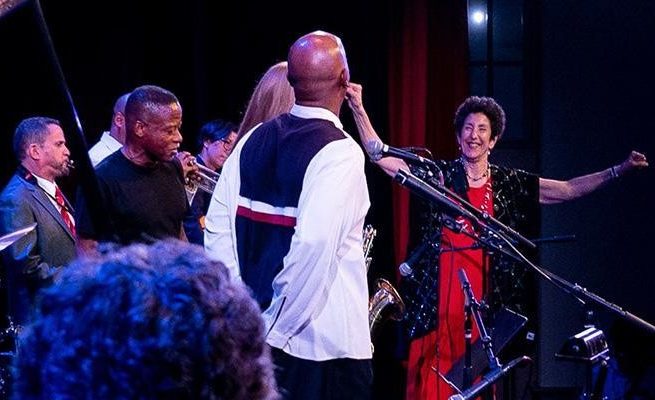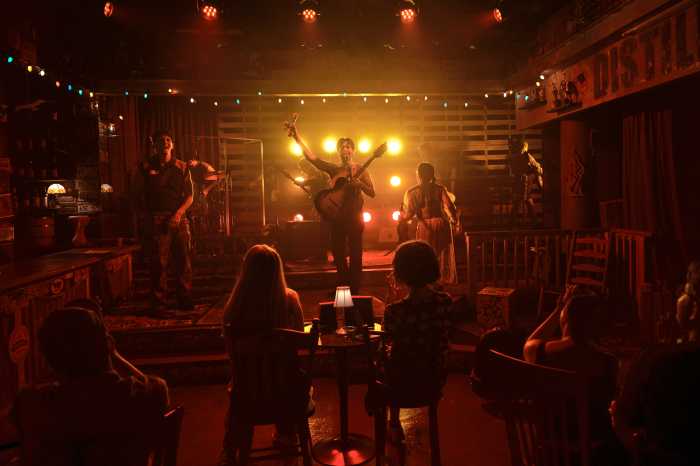There are tragedies throughout history so immense and significant that the impact has altered the way people think about the world and the way they move within it. These tragedies have defined the generations that witnessed them and have governed the generations that followed them.
On September 11, 2001 the United States of America was the victim of an attack that captivated humanity and that ultimately repositioned the neighborhood we call home and placed it at the center of the world.
Lower Manhattan bore the brunt of the day’s devastation, as the area surrounding the World Trade Center became known as “Ground Zero” due to both geography and the human casualties that resulted. But the saga of Lower Manhattan that has unfolded over the last ten years, the vast devastation at its center, its rebirth and its undeniable role as a beacon of resilience, began minutes after the first plane struck the North Tower.
And the saga is still being written today. Residents and business owners have never faltered in their goal to revive the community; moreover they have vowed to make it even better than it was on that fateful day.
There have been milestones along the way, marking signs of revival and serving as teachable moments for the future. When the PATH station reopened in 2003, when the ground was broken for a new elementary school, and when the “Survivor Tree” was returned home to the W.T.C. site in 2010, tears of joy and tears of sadness were shed. And every milestone and every resulting ounce of emotion has over the last decade redefined a community, a city and a country.
The story of Lower Manhattan’s response to 9/11 has many characters. The roles include elected official, first responder, teacher, student, clergy member, business owner and resident. The story of the neighborhood’s rebirth over the last decade has been written by both people who were here and witnessed the tragedy first hand and by those who have moved to the city since. And it is clear that the story is not only local, as nearly every city in every state has someone who came to volunteer during the immediate recovery effort. It was evident early on that the roles were being filled by people from all five boroughs, the entire state and from all over the country.
Like many of our readers, 9/11 is never completely out of our mind. That is probably because, as the saying goes, it is never completely out of sight. Since we are a weekly newspaper in Lower Manhattan, Ground Zero is in our backyard.
This fact became evident immediately after the attack when our publisher decided to make the Downtown Express a weekly newspaper instead of a twice-monthly newspaper. He recognized that people in a disaster zone desperately need information, and that Lower Manhattan had been changed forever and would continue to change for years. The need to report on a neighborhood that was then and is again at the center of the world was clear and present. And it still is today.
— John Bayles



